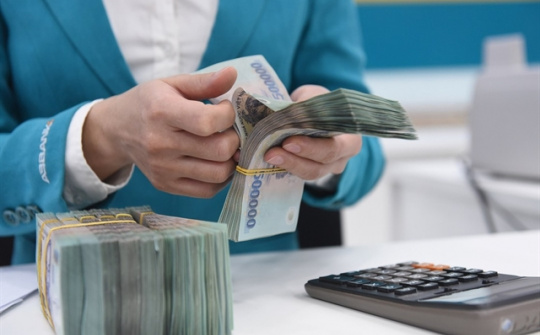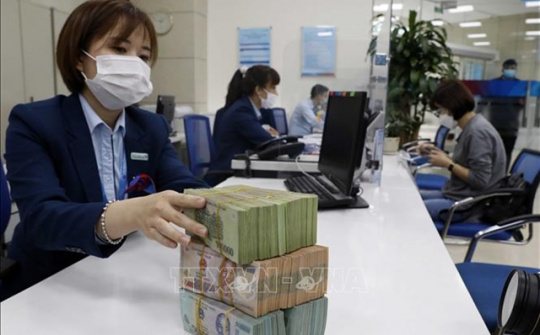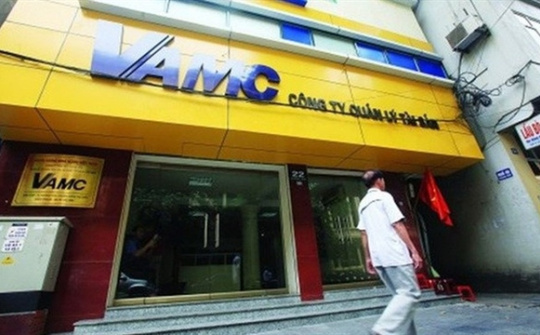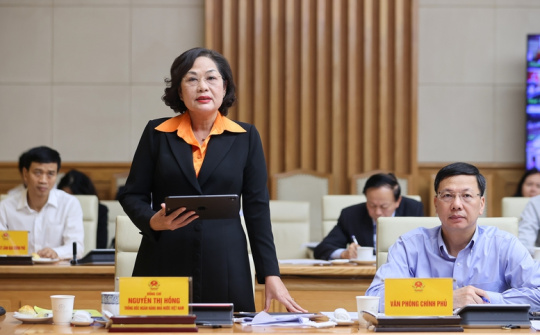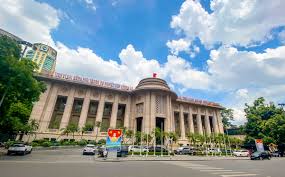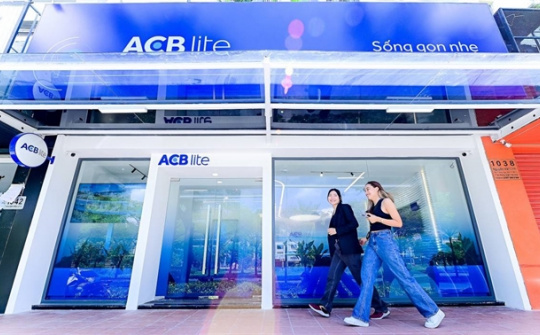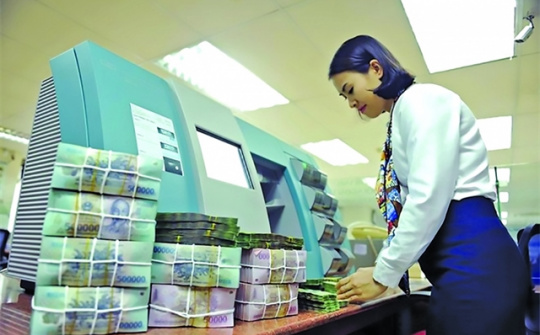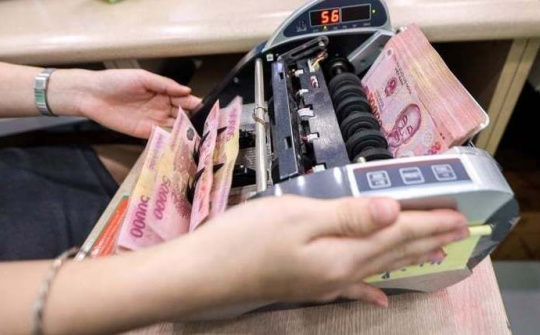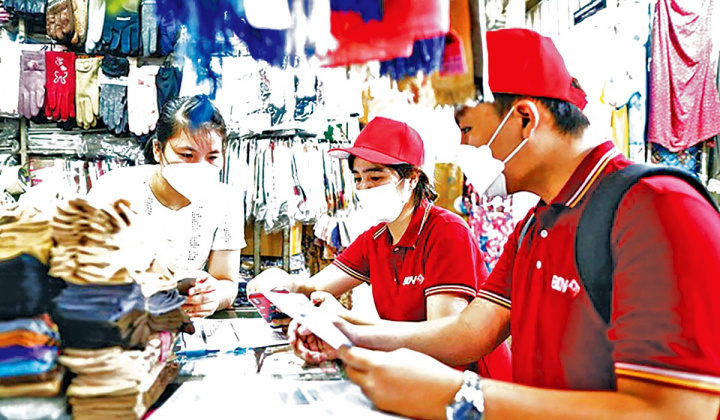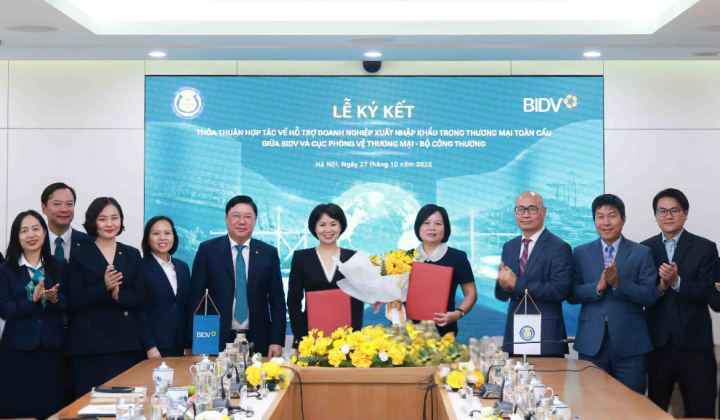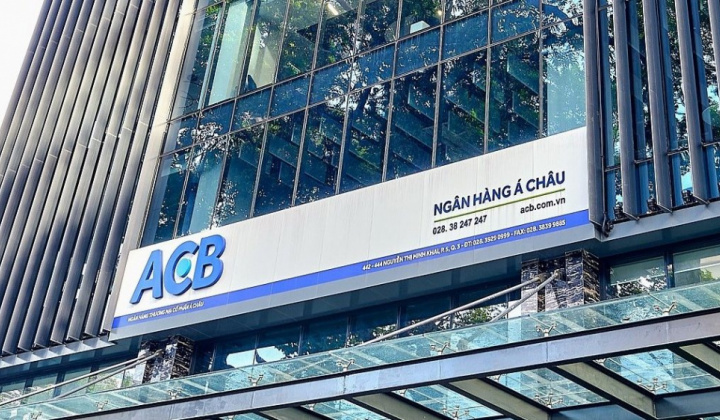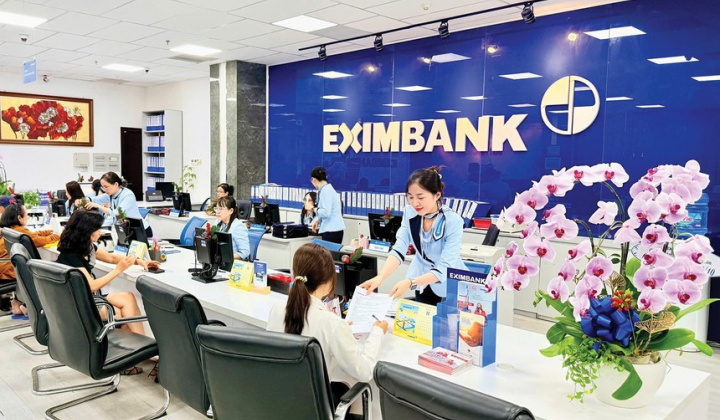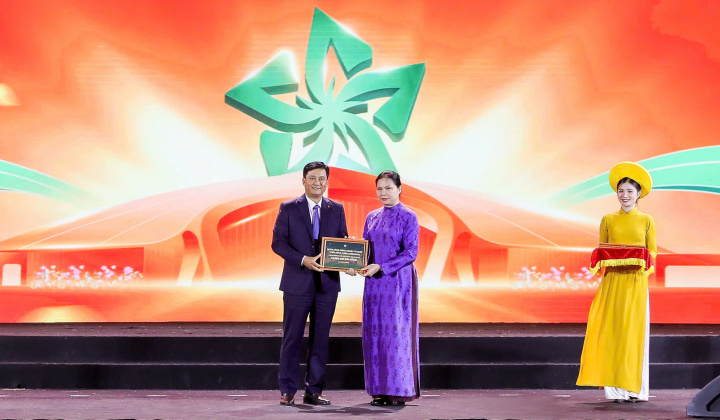The Government has required the State Bank of Vietnam (SBV) to research assigning additional credit growth targets to commercial banks in order to achieve the country’s GDP growth target of eight per cent or more in 2025.
Under Resolution No. 154/NQ-CP on key tasks and solutions to implement the Socio-Economic Development Plan and State Budget Estimates for 2025 issued this week, the Government has directed commercial banks to direct credit flows to production and business sectors, priority sectors, economic growth drivers, and key projects.

The SBV has directed nine commercial banks to implement a lending programme with preferential interest rates to young people under 35 years old to buy social housing since May 31, 2025.
In addition, it has required the SBV to manage credit growth in line with the country’s GDP growth targets and control inflation, while ensuring the safety of the banking system.
“Commercial banks also need to strictly control credit for potentially risky sectors, reduce operating costs, strive to reduce lending interest rates, and review and streamline lending procedures. The goal is to promptly meet capital needs for projects and sectors that create growth momentum, especially green growth,” the resolution states.
One of the key programmes being promoted is a credit package of VNĐ100 trillion for the agriculture, forestry and fishery sectors.
At the same time, the Government has also encouraged commercial banks to research and implement preferential credit packages for young people under 35 who want to buy houses.
The SBV has also directed nine commercial banks to implement a lending programme with preferential interest rates to young people under 35 for purchasing social housing since May 31, 2025.
Accordingly, the lending interest rate is two percentage points lower than the average medium and long-term lending interest rate of four State-owned commercial banks Agribank, BIDV, Vietcombank and VietinBank in the first five years of borrowing, and one percentage point lower in the next ten years. The lending interest rate applied until June 30, 2025 is 6.1 per cent.
The solutions have been offered in the context of total outstanding loans in the banking system by mid-April exceeding VNĐ16.23 quadrillion, an increase of 3.95 per cent compared to the end of 2024. The value showed a much more positive trend than the same period last year, when the increase was only 1.21 per cent. Compared to the same period last year, the total credit in the banking system increased by 18.19 per cent.
Previously, the SBV assigned a credit growth target of 16 per cent to commercial banks in 2025. However, the central bank also said it will proactively adjust the credit growth target when necessary, to create conditions for commercial banks to provide capital to the economy in a sufficient and timely manner.
In addition to credit management, Resolution 154 sets out a series of other urgent tasks and solutions such as: striving to disburse 100 per cent of public investment capital; promoting the expansion and diversification of export markets; improving the quality of services, especially food, accommodation and tourism, to contribute to increasing total retail sales of goods and consumer service revenue this year by 10 to 12 per cent.
In the first quarter, Việt Nam's GDP increased by 6.93 per cent year-on-year, the highest growth rate in Southeast Asia.
However, the Government believes that the remaining months of the year will present a mixed outlook, as both unfavourable external factors and internal limitations continue to place great pressure on the economy.



